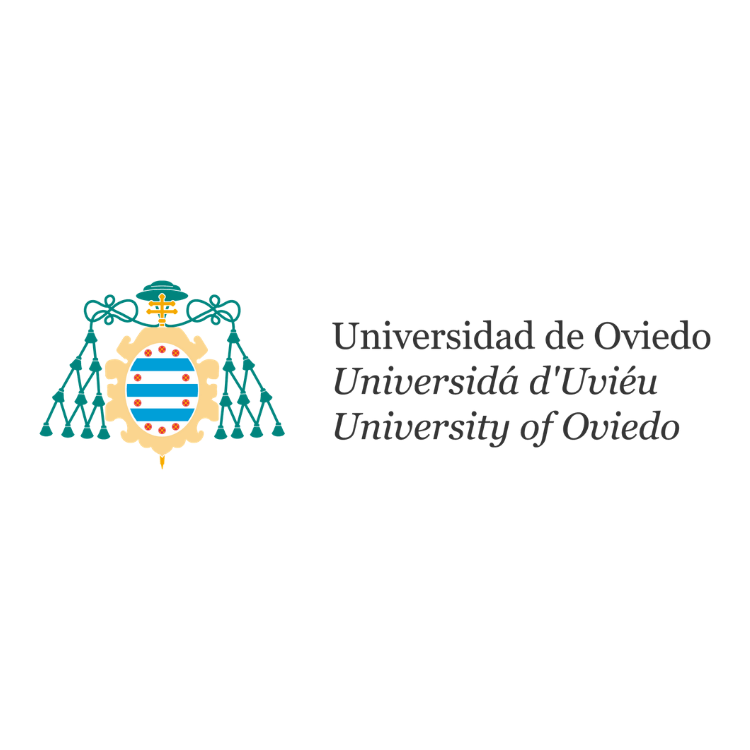

Santiago is the site of the University of Santiago de Compostela, established in the early 16th century. The Obradoiro façade of the cathedral, the best known, is depicted on the Spanish euro coins of 1 cent, 2 cents, and 5 cents (€0.01, €0.02, and €0.05).

Across the square is the Pazo de Raxoi (Raxoi's Palace), the town hall, and on the right from the cathedral steps is the Hostal dos Reis Católicos, founded in 1492 by the Catholic Monarchs, Isabella of Castille and Ferdinand II of Aragon, as a pilgrims' hospice (now a Parador). Īlong the western side of the Praza do Obradoiro is the elegant 18th-century Pazo de Raxoi, now the city hall. The legend, which included numerous miraculous events, enabled the Catholic faithful to bolster support for their stronghold in northern Spain during the Christian crusades against the Moors, but also led to the growth and development of the city. James, the cathedral was built on the spot where his remains were said to have been found. The bishop declared that the remains were those of the apostle James and immediately notified King Alfonso II in Oviedo. The shepherd quickly reported his discovery to the bishop of Iria, Theodemir. This site was originally called Mount Libredon and its physical topography leads prevalent sea borne winds to clear the cloud deck immediately overhead. Eight hundred years later the light of a bright star guided a shepherd, Pelagius the Hermit, who was watching his flock at night to the burial site in Santiago de Compostela. See also: Cathedral of Santiago de CompostelaĪccording to medieval legend, the remains of the apostle James, son of Zebedee were brought to Galicia for burial, where they were lost. Other sites in Galicia share this toponym, akin to Compostilla in the province of León. Other etymologies derive the name from Latin: compositum local Vulgar Latin Composita Tella, meaning 'burial ground' or simply from Latin: compositella, meaning "the well-composed one". According to legend, Compostela derives from the Latin: Campus Stellae ('field of the star') it seems unlikely, however, that this phrase could have yielded the modern Compostela under normal evolution from Latin to Medieval Galician. Santiago is the local Galician evolution of Vulgar Latin Sanctus Iacobus "Saint James". Santiago de Compostela has a very mild climate for its latitude with heavy winter rainfall courtesy of its relative proximity to the prevailing winds from Atlantic low-pressure systems.

In 1985, the city's Old Town was designated a UNESCO World Heritage Site.

James, a leading Catholic pilgrimage route since the 9th century. The city has its origin in the shrine of Saint James the Great, now the Cathedral of Santiago de Compostela, as the destination of the Way of St. Santiago de Compostela or Compostela is the capital of the autonomous community of Galicia, in northwestern Spain.


 0 kommentar(er)
0 kommentar(er)
